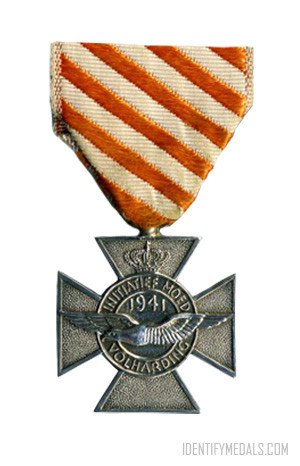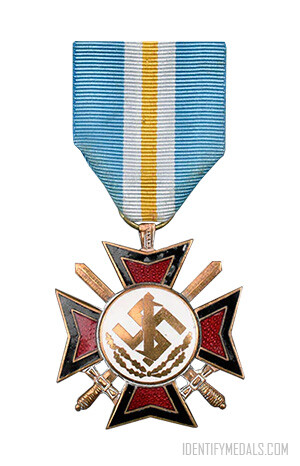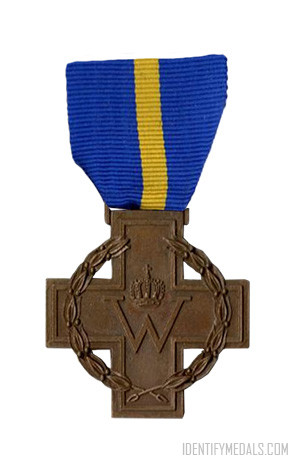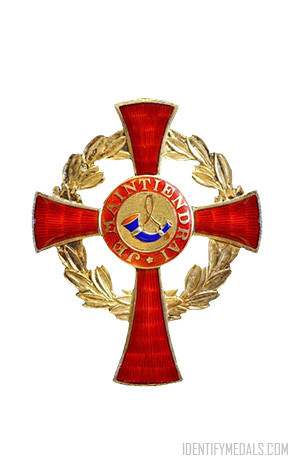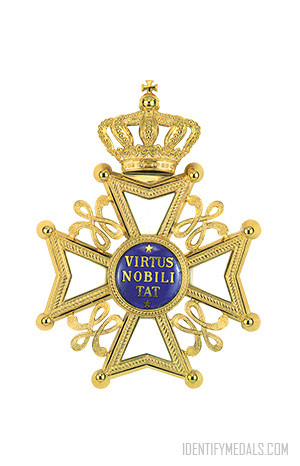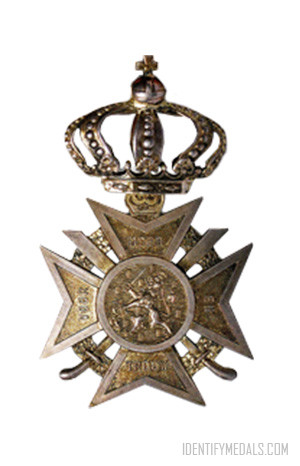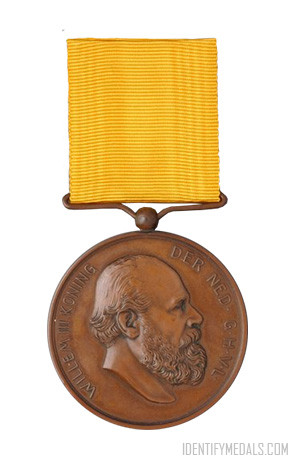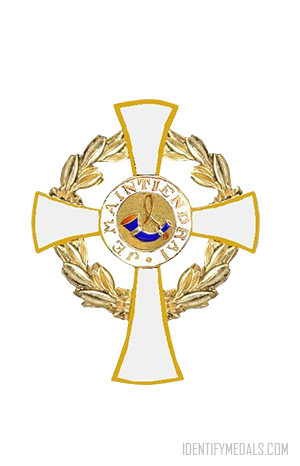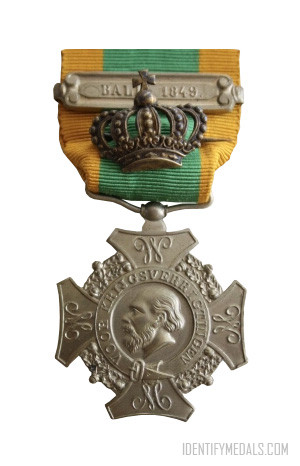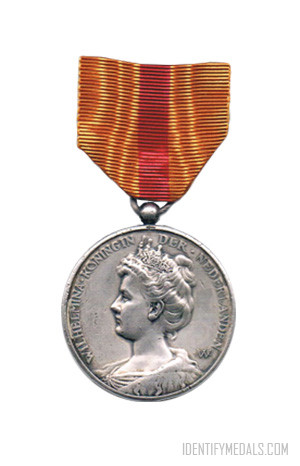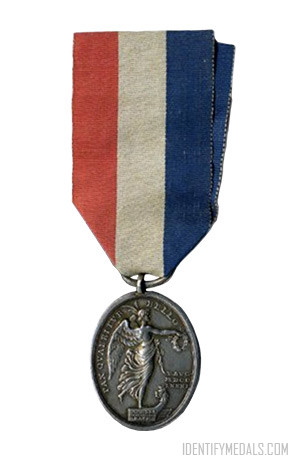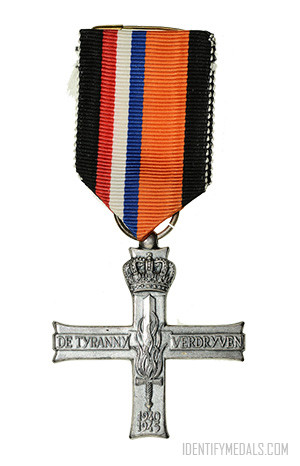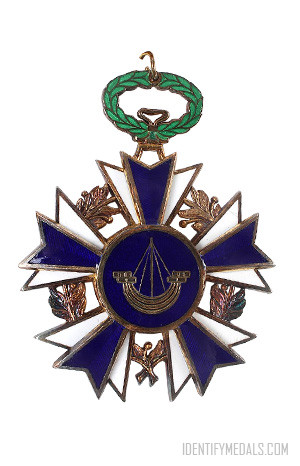- Time Period: World War II
- Institution: 1941
- Country: Netherlands
The Airman’s Cross (or Vliegerkruis in Dutch) is an important military decoration of the Kingdom of the Netherlands created in 1941. The cross is meant for that Dutch military, who displayed during one of more flights in an aircraft, initiative, courage and perseverance against the enemy or during hostile actions. The cross is also awarded to allied pilots, whose actions or performances in the air were of high importance for the Netherlands.
Till 2007 in total of 735 Airman’s Crosses are awarded, most recently to a F-16 pilot, Air Force Major M. Duivesteijn. This because of his “exceptional courage and perseverance” at a flight above former Yugoslavia within the framework of NATO Operation Allied Force in 1999. Well-known recipients are also Erik Hazelhoff Roelfzema, the “Soldier of Orange“, and Prince Bernhard of the Netherlands.
The Airman’s Cross is the fifth highest military decoration still being awarded for bravery and has precedence after the Cross of Merit.
The Cross of Merit Design
The Airman’s Cross resembles the Dutch Bronze Cross but is worn on a diagonally-striped orange and white ribbon inspired by those of the British Distinguished Flying Cross and Air Force Cross.
The cross is silver with four arms. There is a crowned central medallion bearing an albatross in flight with “INITIATIEF MOED VOLHARDING” (INITIATIVE COURAGE PERSEVERANCE) around the edge of the medallion. The date 1941 appears above the body of the albatross. The reverse is plain.

